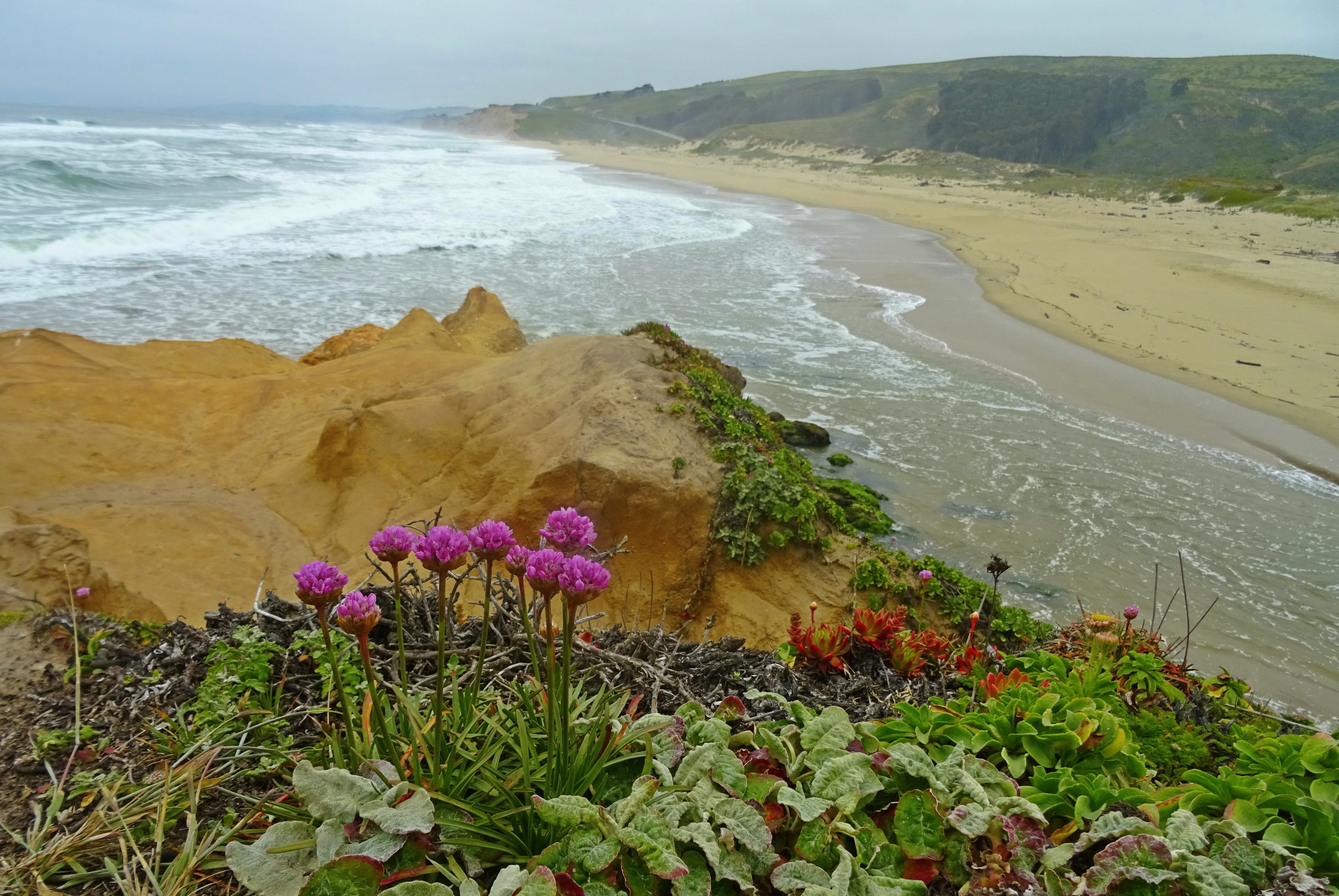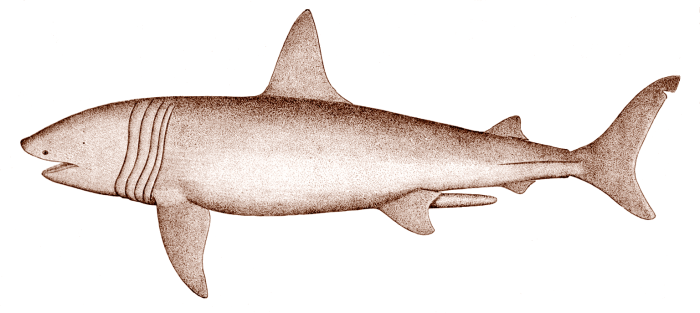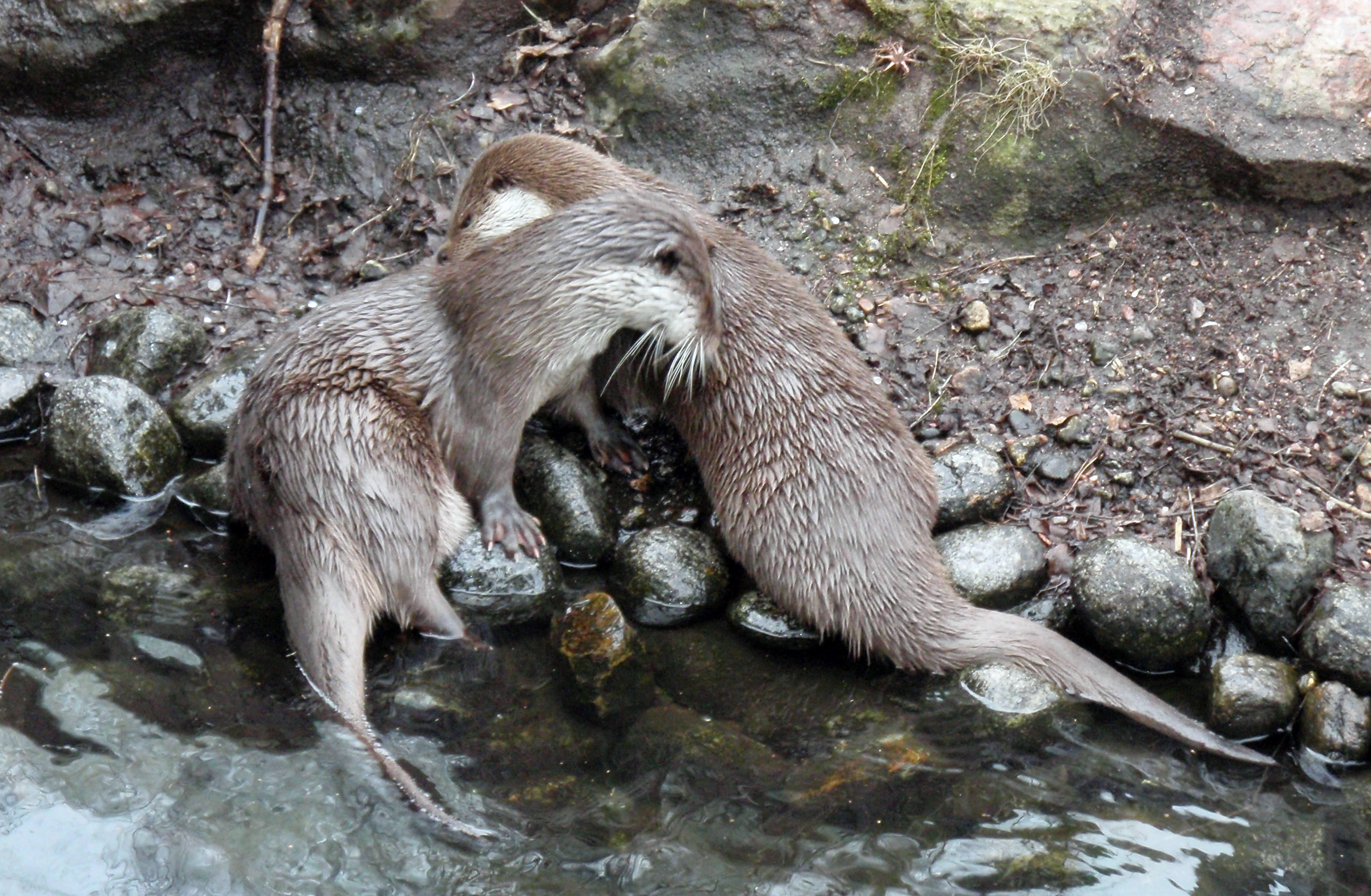|
Handa, Scotland
Handa Island ( gd, Eilean Shannda) or simply Handa is an island off the west coast of Sutherland, Scotland. It is and at its highest point. The island is of national importance for its birdlife and maritime vegetation, and is a Scottish Wildlife Trust nature reserve, a Site of Special Scientific Interest (SSSI), and a Special Protection Area (SPA). Handa also forms part of the North-West Sutherland national scenic area, one of 40 such areas in Scotland. A small ferry sails to Handa from Tarbet on the mainland and boat trips operate to it from Fanagmore. The island receives five thousand visitors per annum. Geography and geology Handa is composed of Torridonian red sandstone and surrounded by cliffs covered with birds. In the north is a hill with two peaks, with the south and east being lower lying. The north and west have cliffs, and there are beaches in the south and east. The Sound of Handa separates it from the mainland and smaller islands around Handa include Gl ... [...More Info...] [...Related Items...] OR: [Wikipedia] [Google] [Baidu] |
Inner Hebrides
The Inner Hebrides (; Scottish Gaelic: ''Na h-Eileanan a-staigh'', "the inner isles") is an archipelago off the west coast of mainland Scotland, to the south east of the Outer Hebrides. Together these two island chains form the Hebrides, which experience a mild oceanic climate. The Inner Hebrides comprise 35 inhabited islands as well as 44 uninhabited islands with an area greater than . Skye, Mull, and Islay are the three largest, and also have the highest populations. The main commercial activities are tourism, crofting, fishing and whisky distilling. In modern times the Inner Hebrides have formed part of two separate local government jurisdictions, one to the north and the other to the south. Together, the islands have an area of about , and had a population of 18,948 in 2011. The population density is therefore about . There are various important prehistoric structures, many of which pre-date the first written references to the islands by Roman and Greek authors. In t ... [...More Info...] [...Related Items...] OR: [Wikipedia] [Google] [Baidu] |
Great Skua
The great skua (''Stercorarius skua''), sometimes known by the name bonxie in Britain, is a large seabird in the skua family Stercorariidae. It is roughly the size of a herring gull. It mainly eats fish caught at the sea surface or taken from other birds. Taxonomy The great skua was described from the Faroe Islands and Iceland by the Danish zoologist Morten Thrane Brünnich in 1764 under the binomial name ''Catharacta skua''. It is now placed in the genus '' Stercorarius'' that was introduced by the French zoologist Mathurin Jacques Brisson in 1760. The English name and species name "skua" is believed to originate from the Faroese ''skúvur'' or ''skúgvur'' and is the only known bird name to originate from the Faroes that has come into regular use elsewhere. In Britain, it is sometimes known by the name bonxie, a Shetland name of Norse origin. The genus name ''Stercorarius'' is Latin and means "of dung"; the food disgorged by other birds when pursued by skuas was ... [...More Info...] [...Related Items...] OR: [Wikipedia] [Google] [Baidu] |
Ligusticum Scoticum
''Ligusticum scoticum'', known as Scots lovage, or Scottish licorice-root, is a perennial flowering plant in the celery family Apiaceae (previously Umbelliferae) found near the coasts of northern Europe and north-eastern North America. It grows up to tall and is found in rock crevices and cliff-top grassland. It is closely related to, and possibly conspecific with, ''Ligusticum hultenii'' from the coast of the northern Pacific Ocean. The plant is edible and contains the compound sotolon, which is also present in fenugreek. The leaves have a flavour similar to parsley or celery, while the seeds taste similar to fenugreek or cumin. Description ''Ligusticum scoticum'' is a herbaceous perennial plant which typically grows tall. It has triangular, twice-ternate leaves, long, with each lobe long. The edges of the leaves may be toothed, lobed or serrated, and are typically either a paler green or magenta. The stem branches infrequently, and bears 2–5 inflorescences, each of which i ... [...More Info...] [...Related Items...] OR: [Wikipedia] [Google] [Baidu] |
Hyacinthoides Non-scripta
''Hyacinthoides non-scripta'' (formerly ''Endymion non-scriptus'' or ''Scilla non-scripta'') is a bulbous perennial plant, found in Atlantic areas from north-western Spain to the British Isles, and also frequently used as a garden plant. It is known in English as the common bluebell or simply bluebell, a name which is used in Scotland to refer to the harebell, '' Campanula rotundifolia''. In spring, ''H. non-scripta'' produces a nodding, one-sided inflorescence of 5–12 tubular, sweet-scented violet–blue flowers, with strongly recurved tepals, and 3–6 long, linear, basal leaves. ''H. non-scripta'' is particularly associated with ancient woodland where it may dominate the understorey to produce carpets of violet–blue flowers in " bluebell woods", but also occurs in more open habitats in western regions. It is protected under UK law, and in some other parts of its range. A related species, '' H. hispanica'' has also been introduced to the British Isles and hy ... [...More Info...] [...Related Items...] OR: [Wikipedia] [Google] [Baidu] |
Holcus Lanatus
''Holcus lanatus'' is a perennial grass. The specific epithet ' is Latin for 'woolly' which describes the plant's hairy texture. Common names include Yorkshire fog, tufted grass, and meadow soft grass. In North America, where it is an invasive species, names include velvet grass and common velvet grass.Hubbard, C. E. ''Grasses''. Harmondsworth: Penguin Books. 1976. Yorkshire Fog. Garden Organic. Henry Doubleday Research Association (HDRA). In parts of northern Europe the grass is a common native species and a hardy pasture grass. Characteristics and hybrids  ''Holcus lanatus'' has velvety grey-green leaves ...
''Holcus lanatus'' has velvety grey-green leaves ...
[...More Info...] [...Related Items...] OR: [Wikipedia] [Google] [Baidu] |
Festuca Rubra
''Festuca rubra'' is a species of grass known by the common name red fescue or creeping red fescue. It is widespread across much of the Northern Hemisphere and can tolerate many habitats and climates. It is best adapted to well-drained soils in cool, temperate climates; it prefers shadier areas and is often planted for its shade tolerance. Wild animals browse it, but it has not been important for domestic forage due to low productivity and palatability. It is also an ornamental plant for gardens. Description ''Festuca rubra'' is perennial and has sub-species that have rhizomes and/or form bunchgrass tufts. It mainly exists in neutral and acidic soils. It can grow between 2 and 20 cm tall. Like all fescues, the leaves are narrow and needle like, making it less palatable to livestock. The swards that it forms are not as tufted as sheep's fescue (''Festuca ovina'') or wavy hair grass (''Deschampsia flexuosa''). The tufted nature is what gives the grass its springy characteri ... [...More Info...] [...Related Items...] OR: [Wikipedia] [Google] [Baidu] |
Plantago Maritima
''Plantago maritima'', the sea plantain, seaside plantain or goose tongue, is a species of flowering plant in the plantain family Plantaginaceae. It has a subcosmopolitan distribution in temperate and Arctic regions, native to most of Europe, northwest Africa, northern and central Asia, northern North America, and southern South America.Flora Europaea''Plantago maritima''/ref> Description It is a herbaceous perennial plant with a dense rosette of leaves without petioles. Each leaf is linear, 2–22 cm long and under 1 cm broad, thick and fleshy-textured, with an acute apex and a smooth or distantly toothed margin; there are three to five veins. The flowers are small, greenish-brown with brown stamens, produced in a dense spike 0.5–10 cm long on top of a stem 3–20 cm tall.Blamey, M. & Grey-Wilson, C. (1989). ''Flora of Britain and Northern Europe''. Plants of British Columbia''Plantago maritima''/ref>Flora of the Canadian Arctic Archipelago/ref> Subsp ... [...More Info...] [...Related Items...] OR: [Wikipedia] [Google] [Baidu] |
Armeria Maritima
''Armeria maritima'', the thrift, sea thrift or sea pink, is a species of flowering plant in the family Plumbaginaceae. It is a compact evergreen perennial which grows in low clumps and sends up long stems that support globes of bright pink flowers. In some cases purple, white or red flowers also occur. It is a popular garden flower and has been distributed worldwide as a garden and cut flower. It does well in gardens designed as xeriscapes or rock gardens. The Latin specific epithet ''maritima'' means pertaining to the sea or coastal. Subspecies * ''Armeria maritima'' subsp. ''azorica'', Franco * ''Armeria maritima'' subsp. ''californica'', synonym: ''California Seapink'' *''Armeria maritima'' subsp. ''elongata'', synonym: ''Tall Thrift,'' Gaston Bonnier. *''Armeria maritima'' subsp. ''maritima'' *''Armeria maritima'' subsp. ''purpurea,'' synonym: ''Armeria purpurea'' W.D.J.Koch, ( W.D.J.Koch) Á.Löve and D.Löve *''Armeria maritima'' subsp. ''sibirica'', synonym: ' ... [...More Info...] [...Related Items...] OR: [Wikipedia] [Google] [Baidu] |
Basking Shark
The basking shark (''Cetorhinus maximus'') is the second-largest living shark and fish, after the whale shark, and one of three plankton-eating shark species, along with the whale shark and megamouth shark. Adults typically reach in length. It is usually greyish-brown, with mottled skin, with the inside of the mouth being white in color. The caudal fin has a strong lateral keel and a crescent shape. Other common names include bone shark, elephant shark, sail-fish, and sun-fish. In Orkney, it is commonly known as hoe-mother (sometimes contracted to homer), meaning "the mother of the pickled dog-fish". The basking shark is a cosmopolitan migratory species, found in all the world's temperate oceans. A slow-moving filter feeder, its common name derives from its habit of feeding at the surface, appearing to be basking in the warmer water there. It has anatomical adaptations for filter-feeding, such as a greatly enlarged mouth and highly developed gill rakers. Its snout is c ... [...More Info...] [...Related Items...] OR: [Wikipedia] [Google] [Baidu] |
Dolphin
A dolphin is an aquatic mammal within the infraorder Cetacea. Dolphin species belong to the families Delphinidae (the oceanic dolphins), Platanistidae (the Indian river dolphins), Iniidae (the New World river dolphins), Pontoporiidae (the brackish dolphins), and the extinct Lipotidae (baiji or Chinese river dolphin). There are 40 extant species named as dolphins. Dolphins range in size from the and Maui's dolphin to the and orca. Various species of dolphins exhibit sexual dimorphism where the males are larger than females. They have streamlined bodies and two limbs that are modified into flippers. Though not quite as flexible as seals, some dolphins can briefly travel at speeds of per hour or leap about . Dolphins use their conical teeth to capture fast-moving prey. They have well-developed hearing which is adapted for both air and water. It is so well developed that some can survive even if they are blind. Some species are well adapted for diving to great de ... [...More Info...] [...Related Items...] OR: [Wikipedia] [Google] [Baidu] |
European Otter
The Eurasian otter (''Lutra lutra''), also known as the European otter, Eurasian river otter, common otter, and Old World otter, is a semiaquatic mammal native to Eurasia. The most widely distributed member of the otter subfamily (Lutrinae) of the weasel family (Mustelidae), it is found in the waterways and coasts of Europe, many parts of Asia, and parts of northern Africa. The Eurasian otter has a diet mainly of fish, and is strongly territorial. It is endangered in some parts of its range, but is recovering in others. Description The Eurasian otter is a typical species of the otter subfamily. Brown above and cream below, these long, slender creatures are well-equipped for their aquatic habits. Their bones show osteosclerosis, increasing their density to reduce buoyancy. This otter differs from the North American river otter by its shorter neck, broader visage, the greater space between the ears and its longer tail. However, the Eurasian otter is the only otter in much of i ... [...More Info...] [...Related Items...] OR: [Wikipedia] [Google] [Baidu] |
Oystercatcher
The oystercatchers are a group of waders forming the family Haematopodidae, which has a single genus, ''Haematopus''. They are found on coasts worldwide apart from the polar regions and some tropical regions of Africa and South East Asia. The exceptions to this are the Eurasian oystercatcher, the South Island oystercatcher, and the Magellanic oystercatcher, which also breed inland, far inland in some cases. In the past there has been a great deal of confusion as to the species limits, with discrete populations of all black oystercatchers being afforded specific status but pied oystercatchers being considered one single species.Hockey, P (1996). "Family Haematopodidae (Oystercatchers)". In del Hoyo, J.; Elliot, A. & Sargatal, J. (editors). '' Handbook of the Birds of the World''. Volume 3: ''Hoatzin to Auks''. Lynx Edicions. . Taxonomy The genus ''Haematopus'' was introduced in 1758 by the Swedish naturalist Carl Linnaeus in 1758 in the tenth edition of his ''Systema Naturae' ... [...More Info...] [...Related Items...] OR: [Wikipedia] [Google] [Baidu] |




.jpg)




.jpg)